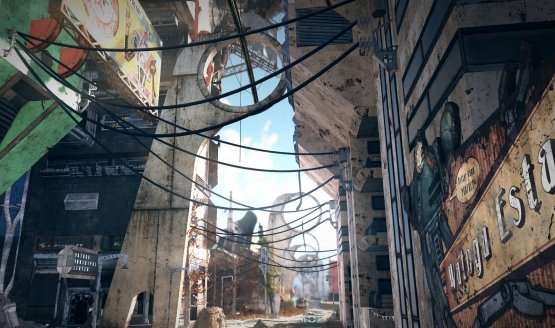While Fallout 76 will take the series in a new direction, courtesy of its always-online nature, there are several irreplaceable hallmarks. Chief among them is the setting. Fallout 76 takes place twenty-five years after a nuclear explosion. Humans are exiting the bunkers they’ve called home and are venturing out into the world once more. In doing so,…





